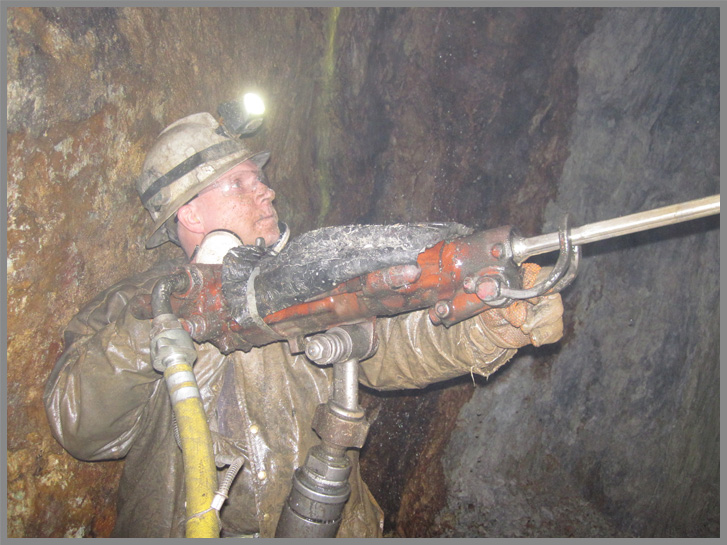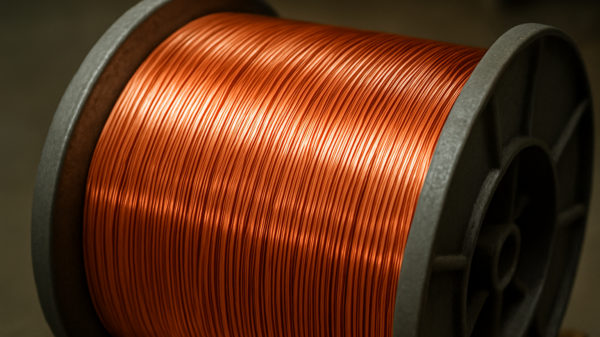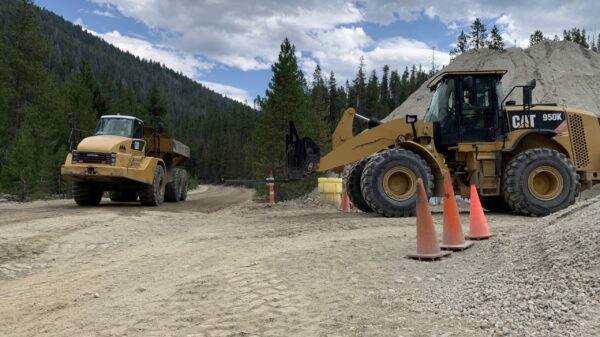Americas Gold and Silver Corporation (TSE: USA) (NYSEAMERICAN: USAS) (FRA: SZ71) is looking to boost its silver and antimony mining capacity as the favourable pricing environment holds steady. Silver is currently trading for over US$51 per ounce while antimony is going for approximately US$44,900 per metric ton.
On Nov. 13, the Vancouver-based mining company revealed that it has entered a binding deal to obtain privately-held Crescent Silver, LLC and its Crescent Mine for a US$65-million-dollar consideration. It will be comprised of US$20 million in cash and 1.1 million common Americas shares.
The site resides within a reasonable distance of about 9 miles from the company’s flagship Galena Complex operation, thereby offering significant operational synergies.
Americas chief executive Paul Andre Huet says the acquisition will provide immediate benefit through taking advantage of the spare milling capacity at its Galena and Coeur mills. The two sites have similar geological characteristics and mineralization.
“In addition to containing high-grade silver, the Crescent Mine is host to copper and antimony, contained in tetrahedrite ore – the same material we are currently processing at Galena,” Huet explained.
“Consequently, as we scale silver output at Crescent over the coming years, we will also be boosting antimony [Sb] output alongside existing antimony production at Galena in support of our strategy to meet domestic demand for this critical metal,” he added.
On Oct. 16, Americas revealed that the Galena Complex has produced over 447,000 pounds of antimony since the beginning of the year. Americas said in September that favourable metallurgical testing work had been completed indicating Sb production potential, but did not disclose the considerable production quantity yielded until Q3 results came out.
Americas is now boasting that it holds the largest active antimony mining operation in the country. The precious metal and critical mineral miner says that the complex has produced the commodity for 80 years but concentrate quality challenges and low pricing in past years have made it be largely unmonetized, until now.
Aside from Galena, the most promising antimony assets in the U.S. are still in development and have not entered the production phase. These include the Stibnite operation being constructed by Perpetua Resources Corp (TSE: PPTA) (NASDAQ: PPTA), Alaska’s Estelle project being advanced by Nova Minerals Ltd (OTCMKTS: NVAAF) (FRA: QM3) (ASX: NVA), and smaller operations like NevGold Corp‘s (CVE: NAU) (OTCMKTS: NAUFF) (FRA: 5E50) Limousine Butte property in Nevada.
Read more: NevGold edges closer to gold-antimony resource with latest Limousine Butte results
Chinese loosen stranglehold but concerns persist
China, the world’s top supplier of antimony, decided to pause its ban on exports of the element into the United States on Nov. 9. Active until next November, this temporary measure will alleviate concerns among companies and organizations that need the metalloid substantially.
However, a significant supply shortage remains in the country and the decision by the Chinese does little to address American structural vulnerabilities, supply chain flaws and escalating demand from domestic defence and industrial sectors.
Commodities strategist Peter Mitchell recently predicted that the U.S. stockpile would only last approximately 17 days in a crisis, as highlighted in a September article from Katusa Research.
Silver has been appreciating immensely in recent months due to its growing demand in clean tech, electronics and its perceived value as a safe haven asset. The Crescent Mine will potentially add 1.5 million ounces to Americas’ output per annum, as specified in a 2015 preliminary economic assessment. It has churned out 25 million ounces since 1917 and still has 11 years of life left.
Despite the strategic appeal of the company’s upcoming acquisition, Americas still faces risks and execution challenges. The mine operator is relying on historical resource estimates that may not necessarily translate into current economic reserves. Ramping up production at a mine site that has been idle for so long could bring unforeseen expenses, technical hurdles and delays with it.
This transaction also needs significant equity financing, which will lead to dilution for current shareholders.
Additionally, long-term antimony pricing and geopolitical supply factors are potentially volatile and uncertain.
Read more: NevGold Expands Gold-Antimony Potential at Limousine Butte in Nevada
NevGold is a sponsor of Mugglehead news coverage
Follow Rowan Dunne on LinkedIn
rowan@mugglehead.com













